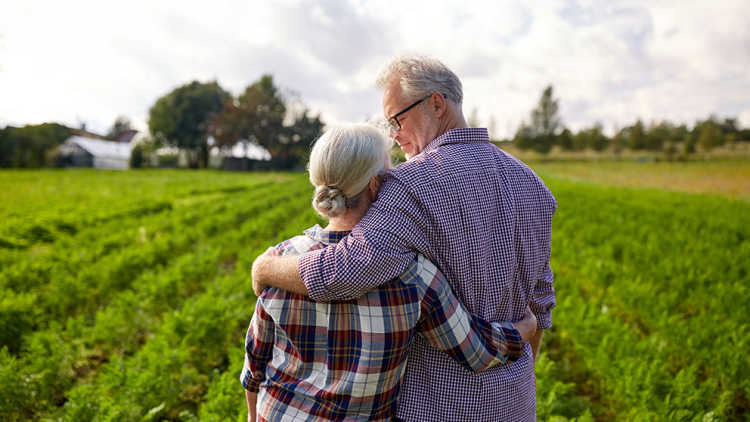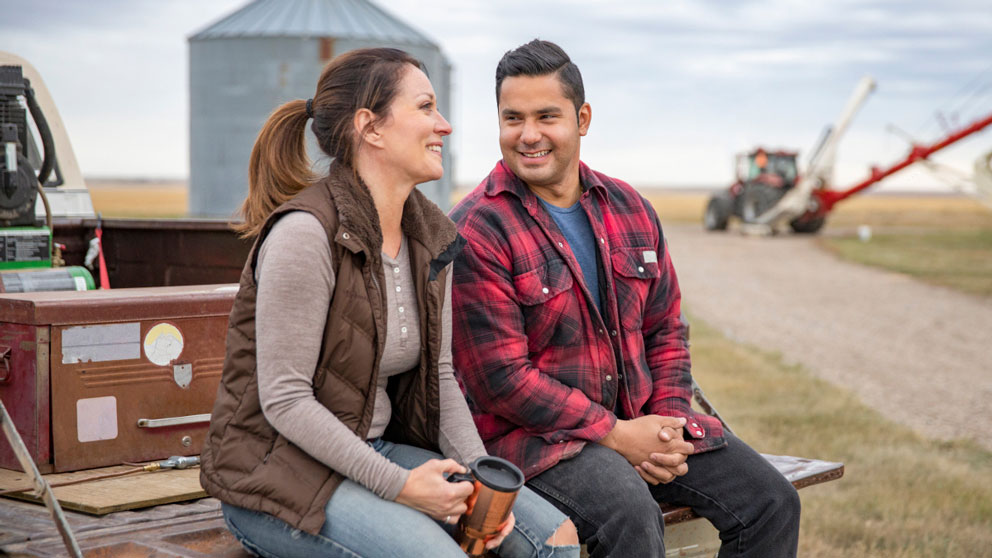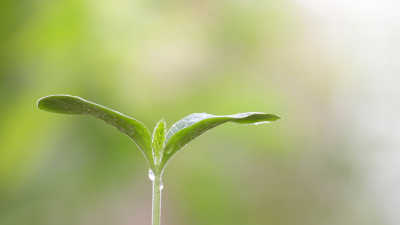How to be a mental health first aid responder

It’s common to wonder how exactly to recognize anxiety, how to approach someone in need and how to offer help.
Farming is stressful 365 days of the year.
Field conditions, pests, harvesting, marketing, transportation, and of course, weather and its implications, create an endless list of worries. All of which can take a toll.
Some may notice when stressful times are heightened and see it reflected back onto friends, family and colleagues. Perhaps energy levels are low, the person is agitated, argumentative or just not acting like themselves.
Still, it’s common to wonder how exactly to recognize anxiety, how to approach someone in need and how to offer help.
Help each other
Adelle Stewart, former executive director of the Do More Ag Foundation, says mental health first aid training is a tool farmers can use to help each other handle some of the pressures they face throughout the year. She says mental health first aid training allows anyone to provide appropriate intervention if they detect mental health stress.
The courses are offered by the Mental Health Commission of Canada and some courses are now offered online.
“It gives farmers the tools to start conversations and recognize signs and symptoms of mental health, just like it would with physical health,” Stewart said.
New Brunswick farmer Jennifer MacDonald, who took the mental health first aid training, says it taught her to self-reflect on how she handled stress in the past and how to recognize the signs in others. Study of clinical procedures is also included.
“If distress was happening, this is what you would do based on history, based on tried and true practices out in the field,” MacDonald explains.
Stewart says the training allows farmers to provide the appropriate level of support as a bystander until suitable medical resources can be found, and it also teaches where and how to find those resources.
Recognize the signs
The training teaches participants to recognize all levels of mental health distress while also building skills to provide comfort and promote good mental health practices. In a critical mental health situation, the first aid provider creates calm and knows who to call for immediate mental health assistance.
Stewart says people who take the training walk out of the 12-hour certification, and use their new-found training.
“They have used it on themselves, on their loved ones, because it really gives you the next-level information on what mental illness can look like for people individually,” Stewart says.
Ready to help
She says Do More Ag is receiving an increasing number of requests for mental health first aid training.
“We’re seeing people ask for training. They’re ready to have the conversation more at a community level,” Stewart says. “We do see capacity being built.”
Stewart points out, however, that like physical first aid, mental health first aid is the first step. Professional follow-up should be sought for longer-term help.
Stewart says if someone is in crisis, they should immediately call 9-1-1 or attend a hospital.
For more information on the resources available, go to domore.ag.
Bottom line
Mental health first aid training is tool farmers can use to help each other handle some of the pressures they face throughout the year. Armed with the knowledge of how to recognize mental health distress, create calm, defuse emergency situations and find appropriate resources are some of the skills taught in mental health first aid training.
Article by: Craig Lester

Advice for preserving your relationship and working together to place a high value on each other's thoughts and feelings.
